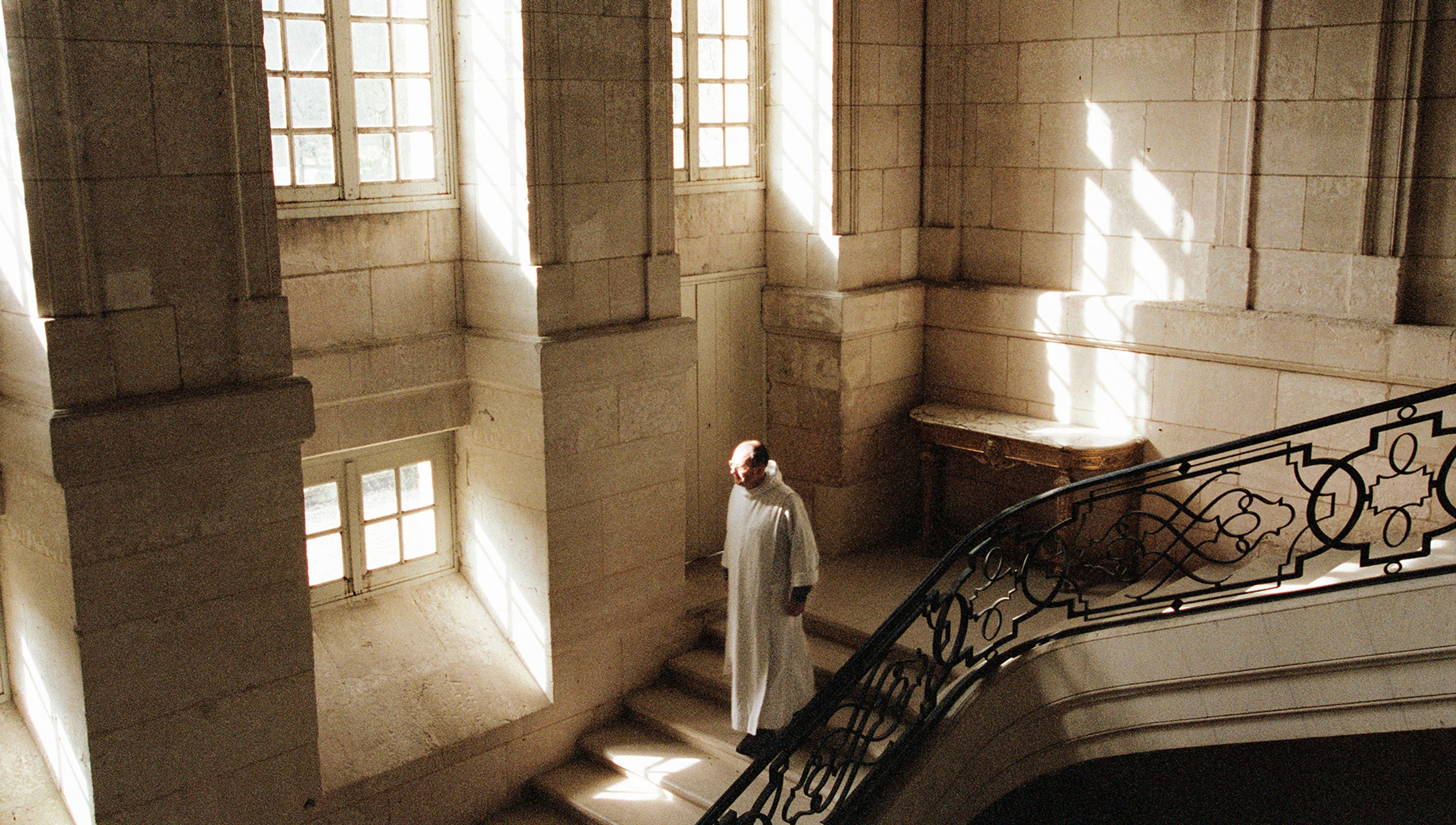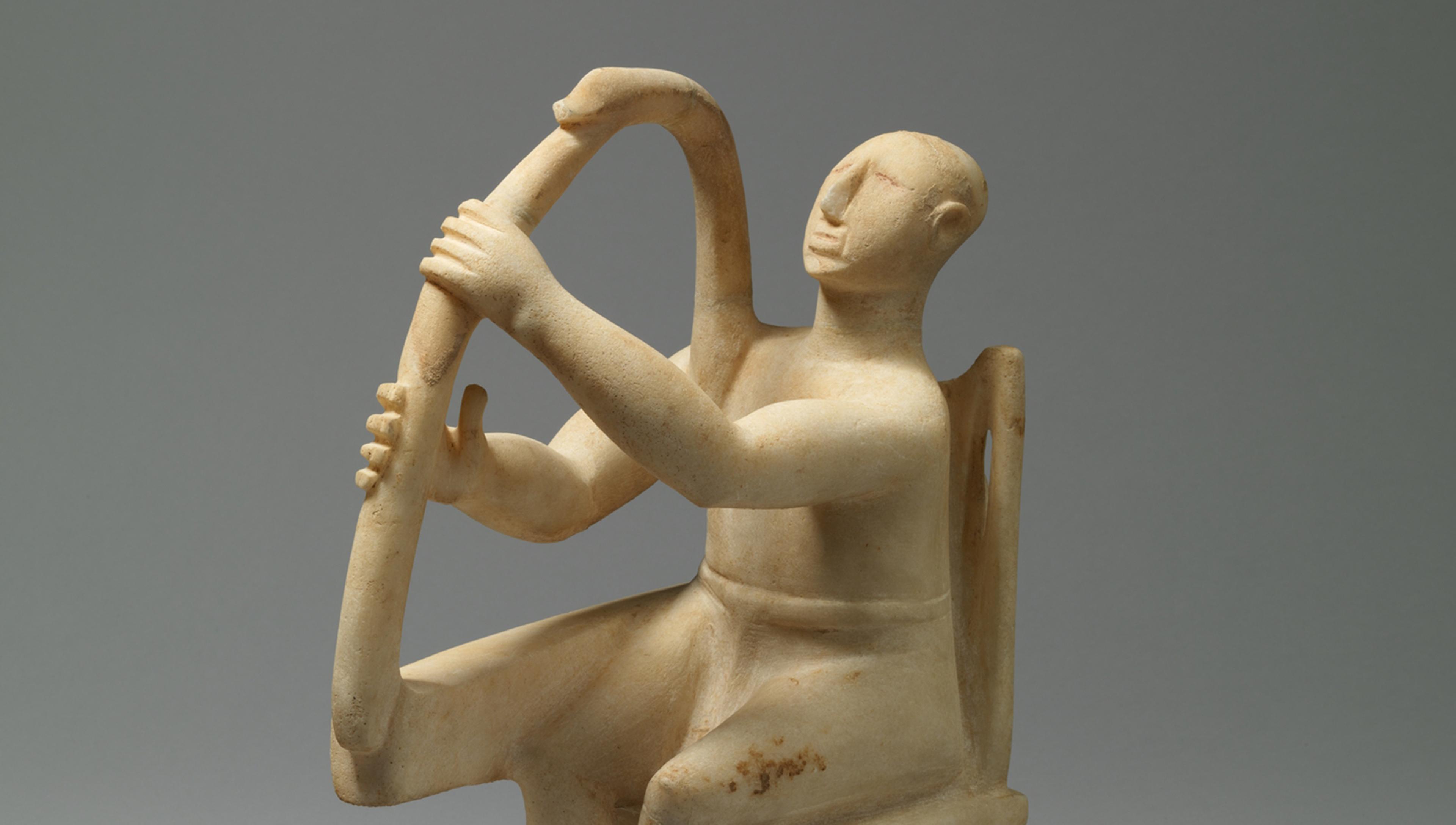A hero on a journey; a circular movement; a melancholy of homecoming: why Bach is an epic poet in the Homeric tradition
As a philosopher and student of the Classics, I’ve long felt the lure of the epic, of Homer’s irresistible song. It isn’t just that Homer (or for that matter Virgil, or J R R Tolkien, or James Joyce) spins a good yarn. The epic has distinctive features that draw us in: a vast scale, intricate technique, a hero on a cyclical journey whose character is tested, a perilous homecoming. But taking up Bach at the piano recently, I was struck by how much of Homer there is in Bach, and how these epic features can transcend language and make their way into music. Thinking of Bach as an epic poet sheds light on some of his greatest work.
It might seem strange to think of music in terms usually reserved for the narrative arts, and stranger still to think of Bach and the Baroque as epic. People associate the Baroque with chamber music and knee-socks, after all, as against the huge orchestras of Wagner or Mahler. And Bach at the keyboard can suggest a tinkling harpsichord, or worse the clavichord, a mostly inaudible instrument sprung from a dollhouse. Finally, though Bach wrote many works that are large in scale, most aren’t epic in any distinctive sense. The St Matthew Passion is three hours long and follows a journey of sorts, but it hardly resembles the Odyssey.
Nevertheless, other works, such as The Well-tempered Clavier, The Art of the Fugue and the Goldberg Variations, do have epic qualities: they move in giant circles exploring a musical subject at length (the hero of many turns); they utilise the technique of counterpoint just as Homer sings in dactylic hexameter; and they prepare us for a homecoming, what in Homer is called the nostos, albeit one that sometimes never comes.
The Well-tempered Clavier seems at first rather simple, the model of chamber-scale music. It opens with a modest prelude in C major that outlines a series of chords, one after the other. The fugue that succeeds it is more complicated, though. It starts with an unadorned musical subject, as all fugues do, which it then examines from all angles in a series of overlapping contrapuntal textures that are reminiscent of the arabesque patterns one finds in Córdoba or Isfahan. Even so, we aren’t likely to think anything particularly grandiose is taking place, and if we listen absentmindedly, this can remain our impression all the way through.
Bach is exploring the virtues of imperfection: in tolerating small departures from mathematical purity, he allows for far grander musical possibilities
But in fact we are cycling through all 24 of the major and minor keys, twice round, with a prelude and fugue for each. Unifying 48 separate pairings into an order like this is rather ambitious, and reminiscent of the 48 books across the Iliad and Odyssey combined. More importantly, what Bach’s boring-sounding title alludes to is that moving from key to key like this is possible only in virtue of adjusting the tuning of the keyboard so that the intervals are slightly off, but not enough to seem sour, which is what ‘well-tempered’ means. In effect, Bach is exploring the virtues of imperfection: in tolerating small departures from mathematical purity, he allows for far grander musical possibilities, for modulating at will across the keys. This is a startling idea from Bach, who was fastidious about the tiniest deviations from correct tuning and play.
Fugues are usually a small-scale form, lasting only a few minutes. But The Art of the Fugue projects this genre on to the largest possible screen, and lets us examine a brief, spare subject for a full hour. And again we move in a circle, returning to the initial theme, which was to be revisited in a colossal finale, or so it is usually argued. But Bach either died before completing the piece (blinded by the same butcher who operated on Handel’s eyes), or else the music was lost in the chaos of his death, and so the journey is never completed, as if we were shipwrecked.
An incomplete epic like this Art of the Fugue or Virgil’s Aeneid (which the poet wished to be burned), has implications all its own, even if unintended. On one reading, the real point of the epic cycle is that the homecoming we yearn for always eludes us, since the home we imagined for all those years no longer exists, our lover is plotting to kill us, and we aren’t who we were when we left anyway (in fact, our journey will have failed if we remain the same). We feel nostalgia, the painful longing for nostos, home as it once was, but all we return to are our illusions. Shipwrecked epics thus remind us of the melancholy of homecoming, like Joyce’s Leopold Bloom, who returns from his voyage through Dublin to infidelity and loss.
Though Bach never gets back to his subject and his work remains broken, we end up thinking it better that way, just as certain ruins are far more moving than the intact structures. We might even feel offended by attempts to ‘fix’ things – performers playing on after the unfinished bit to reassure a confused audience, or snipping off the abrupt ending, as the composer’s son C P E Bach did when he first published The Art of the Fugue.
The Goldberg Variations are Bach’s most celebrated epic, often viewed as sunny and accessible. But this is mostly an illusion; Bach just conceals his art more subtly. In fact, few ever hear much variation in the Variations, because Bach mischievously hides the theme in the bass. Even then, it sounds like a series of ascending notes in the opening aria, even as it descends – an amusing complication for a piece said to have been written to help a grandee fall asleep. The 30 variations that follow turn this theme over and over, just as The Well-tempered Clavier pleads the virtues of imperfection, and The Art of the Fugue examines its subject.
Bach confronts us with the chamber-scale epic. His music takes us to distant shores without ever leaving the room
As we approach the reprise of the aria an hour later, we are treated to an almost literal homecoming. Bach harmonises some silly folksongs, as the musical Bachs were known to do at their family reunions: he sings of a girl he hasn’t seen in a while, and complains about mother making too much cabbage. It’s the final variation, and you can’t help imagining Bach in his element, partying with family over coffee, beer and a smoke, all of which were big in the Bach household. We arrive home amid this nostalgia, but then we remember his parents who died when he was 10, and his first wife who died as well, as did many of his 20 children, the time he spent in prison, and all the times he – Bach! – was rejected for music positions, and we hear a certain bittersweet quality in the aria the second time round.
Epic is sometimes viewed as a less relatable artform, and perhaps it is, compared with sitcom and reality TV. But in studying Bach – an experience I write about in my book The Way of Bach: Three Years with the Man, the Music, and the Piano (2020) – I found that these cycles humanise him and his sometimes austere-seeming music. Behind the technicalities of counterpoint is someone always searching for the way back – to a home key, the original subject, a family reunion, some half-forgotten song you remember hearing as a kid. This kind of search is universal, high- or low-brow. We see it on TV, for instance, in the Mad Men episode ‘The Wheel’ (2007), where Don Draper pitches a revolving photo carousel by invoking nostalgia, before going home to an empty house.
Returning to our preconceptions of Bach and the Baroque, we can see that some of these were on point. We’re still just sitting by the keyboard. No blaring horns have blown off our knee-socks. But this just highlights a paradox that Bach confronts us with: the chamber-scale epic. His music takes us to distant shores without ever leaving the room.
The epic can produce works and personalities that are imperious, or at least pompous and strident. Virgil’s Aeneid is essentially a propaganda tract for imperial Rome; Beethoven and Wagner make it pretty clear how they rate themselves. There, ‘epic’ suggests egomania with a great deal of huffing and puffing, and long, noisy codas (and also, to be fair, some moving returns, as to the Rhine at the end of Wagner’s Ring). Bach’s epics are unpretentious by comparison, more anonymous cathedral than rock star, truer to the pattern that the Homeric poets set, nameless craftsmen who merely perfected a common technique. And yet Bach, the blinded bard, is no less ambitious in his own way, and if epics are measured by the distance they travel, and we with them, it’s hard to think of many that are greater.



